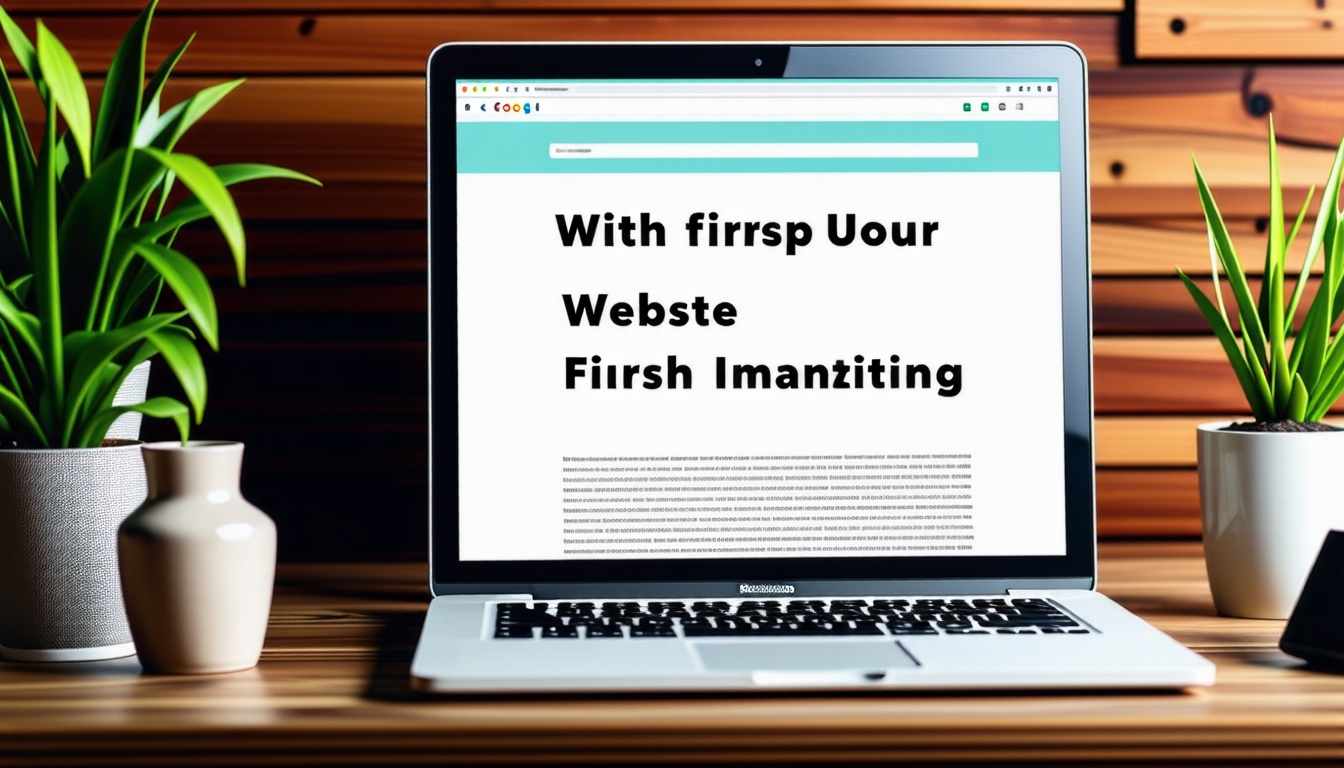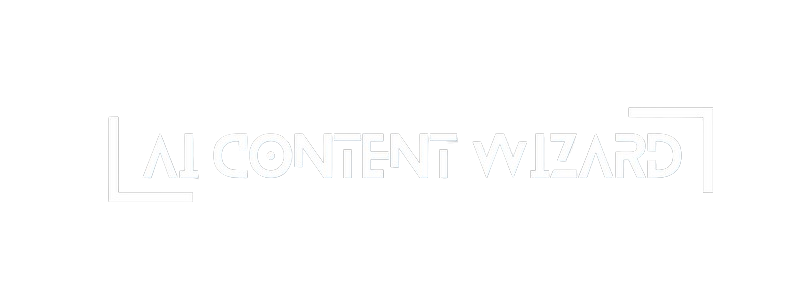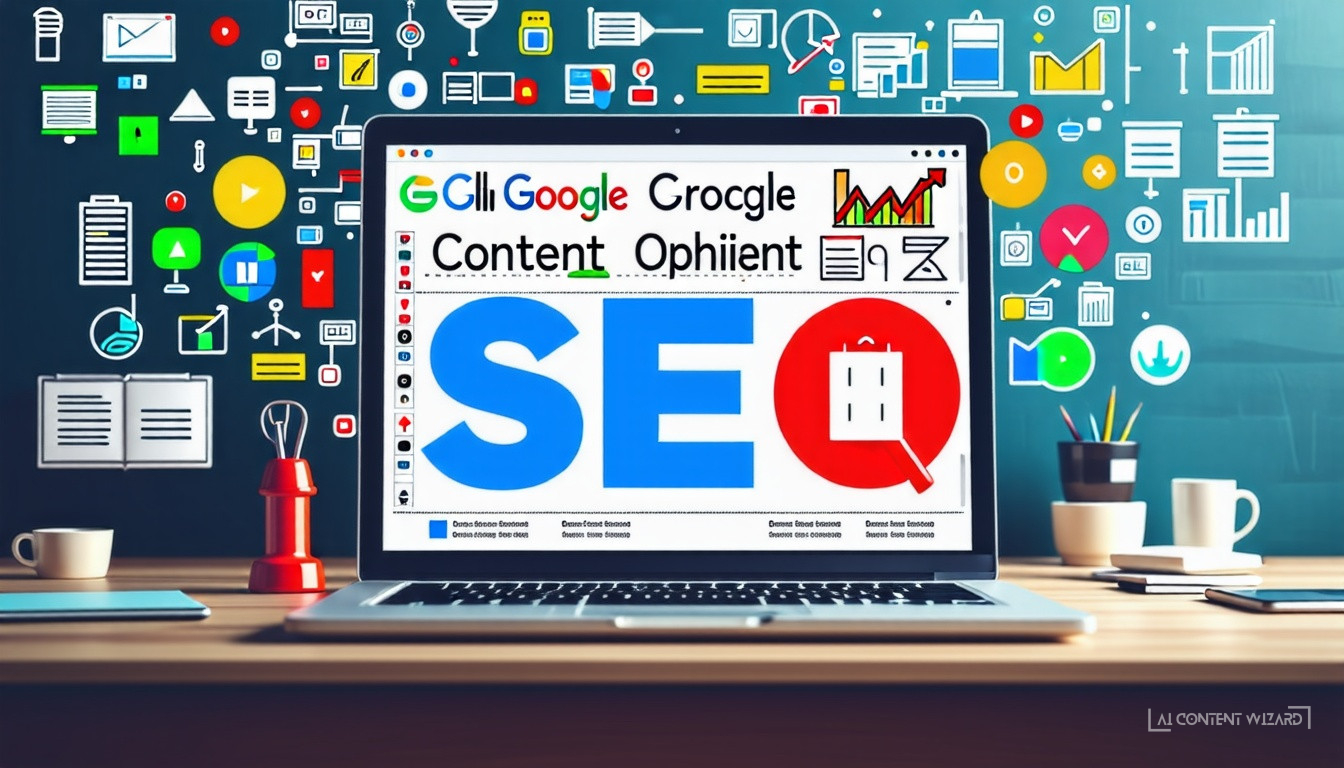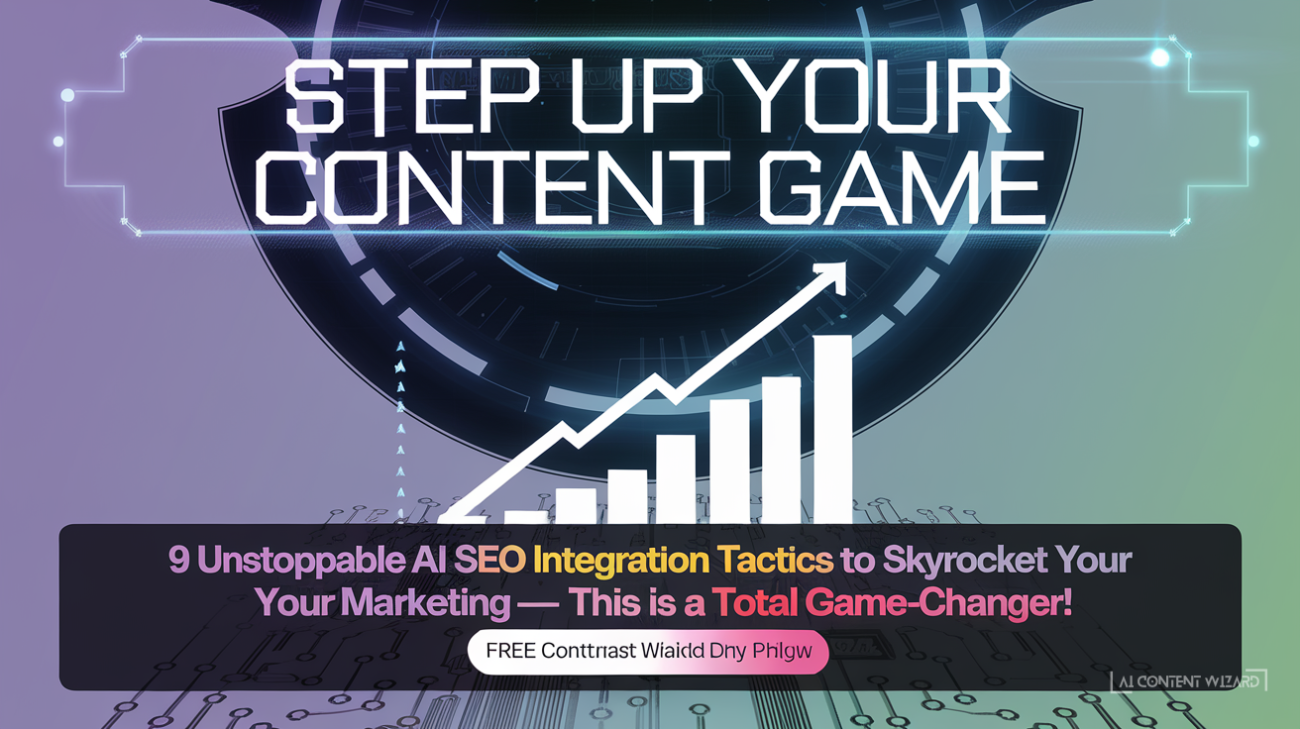SEO Content Optimization: How to Boost Your Website’s Rankings?
In today’s competitive digital landscape, mastering SEO content optimization is essential. As Google continues adjusting its algorithms, understanding how to enhance your content for search engines is crucial not only for visibility but for driving traffic and engagement. In this guide, we will delve into various strategies and best practices to effectively optimize your website’s content.
Understanding SEO and Its Importance
Search Engine Optimization (SEO) encompasses various strategies aimed at increasing a website’s visibility in search engine results. According to Neil Patel, a renowned digital marketing expert, “SEO is the art of understanding what your target audience is searching for and providing them with what they need.” By optimizing your content for SEO, you can significantly enhance your chances of being discovered by potential customers.
Keyword Research: The Foundation of SEO
The cornerstone of SEO content optimization lies in keyword research. Identifying the right keywords for your niche allows you to create content that resonates with your audience. Here’s how to conduct effective keyword research:
1. Use Keyword Research Tools
Tools such as Google Keyword Planner, Ahrefs, and SEMrush can help you identify keywords with high search volume and low competition. Start by entering a broad topic relevant to your niche, and analyze the suggested keywords.
2. Analyze Competitors
Examining what keywords your competitors rank for can provide insights into potential keywords you should target. Use tools like Moz or SpyFu to evaluate your competitors’ content and keyword strategies.
3. Long-Tail Keywords
- Long-tail keywords are longer, more specific phrases that often yield higher conversion rates.
- These keywords face less competition, making it easier for your content to rank in search results.
Remember, a well-optimized page can rank for multiple keywords. Therefore, don’t restrict your focus to just one. For more insights into leveraging AI tools for content creation, check out this article.

Creating a Solid Content Structure
Content structure plays a significant role in content optimization. A clear, logical structure helps not only search engines but also enhances user experience. Here’s how to structure your content effectively:
1. Use Headings
Employ headings to break up your content. This helps search engines understand the hierarchy of information. Use H2 for main sections, and H3 for subsections. For example:
- H2: Main Topic
- H3: Subtopic
2. Optimize Meta Tags
Your title tag and meta description are crucial for SEO. Ensure your primary keyword appears in both, as they play a significant role in click-through rates from search engine results pages (SERPs).
3. Utilize Introduction and Conclusion
Begin with a captivating introduction that includes your primary keyword early. Summarize key points in your conclusion while encouraging user engagement, such as asking questions or inviting comments.
On-Page Optimization Techniques
On-page optimization involves optimizing elements within your website. Here are essential practices:
1. Content Quality
Content is king, as they say. Ensure your content is well-researched, informative, and engaging. Google rewards high-quality content that satisfies user intent.
2. Internal Linking
Internal links help guide readers through your website while also improving SEO. Incorporate links to relevant articles, such as this AI Content Wizard Review, to enhance user engagement and keep visitors browsing your site longer.
3. Image Optimization
Images enhance user experience and increase engagement. Ensure images are optimized with relevant alt tags and file names that include your target keywords.
4. Mobile Optimization

With increasing mobile usage, it is crucial that your site is mobile-friendly. Google emphasizes mobile-first indexing, so ensure your website is responsive on all devices.
Enhancing User Experience
Enhancing user experience (UX) is vital in boosting SEO rankings. A site that is easy to navigate and loads quickly retains visitors longer. Here’s how to optimize user experience:
1. Improve Page Speed
Website speed directly impacts bounce rate; the faster your website, the lower the bounce rate. Tools like Google PageSpeed Insights can help identify areas for improvement.
2. Simplified Navigation
A clear, user-friendly navigation structure ensures visitors can find the content they need without frustration. Use a consistent layout and logical categorization for your pages.
3. Engaging CTAs
Incorporate Call-To-Actions (CTAs) strategically throughout your content to elicit user engagement. Encourage comments, shares, or any action you want your readers to take.
Analytics and Monitoring Your SEO Strategy
To understand the effectiveness of your SEO strategies, you need to monitor key performance indicators (KPIs). Here’s how to do it:
1. Monitor Traffic Sources
Use Google Analytics to assess where your traffic is coming from and how visitors interact with your site. This data can guide your content strategies moving forward.
2. Track Keyword Rankings
Regularly check your keyword rankings using tools like Moz or SEMrush. This allows you to see which strategies are working and where you may need to adjust.
3. Analyze User Behavior
Understanding how visitors interact with your site gives insights into improvements. Look at metrics like time spent on page, scroll depth, and bounce rates.
Conclusion
Optimizing content for SEO is a multifaceted process that requires continuous effort and adaptation to evolving search algorithms. By conducting thorough keyword research, creating high-quality content, and focusing on user experience, you can significantly boost your website’s rankings. As content marketing evolves, remember that the ultimate goal is to provide value to your audience. As Brian Dean of Backlinko states, “The best SEO strategy is to focus on being relevant to your target audience.”
Implement these strategies to enhance your website’s visibility and drive organic traffic. For further insights into innovative content optimization tools, explore our articles on AI Content Wizard updates.







